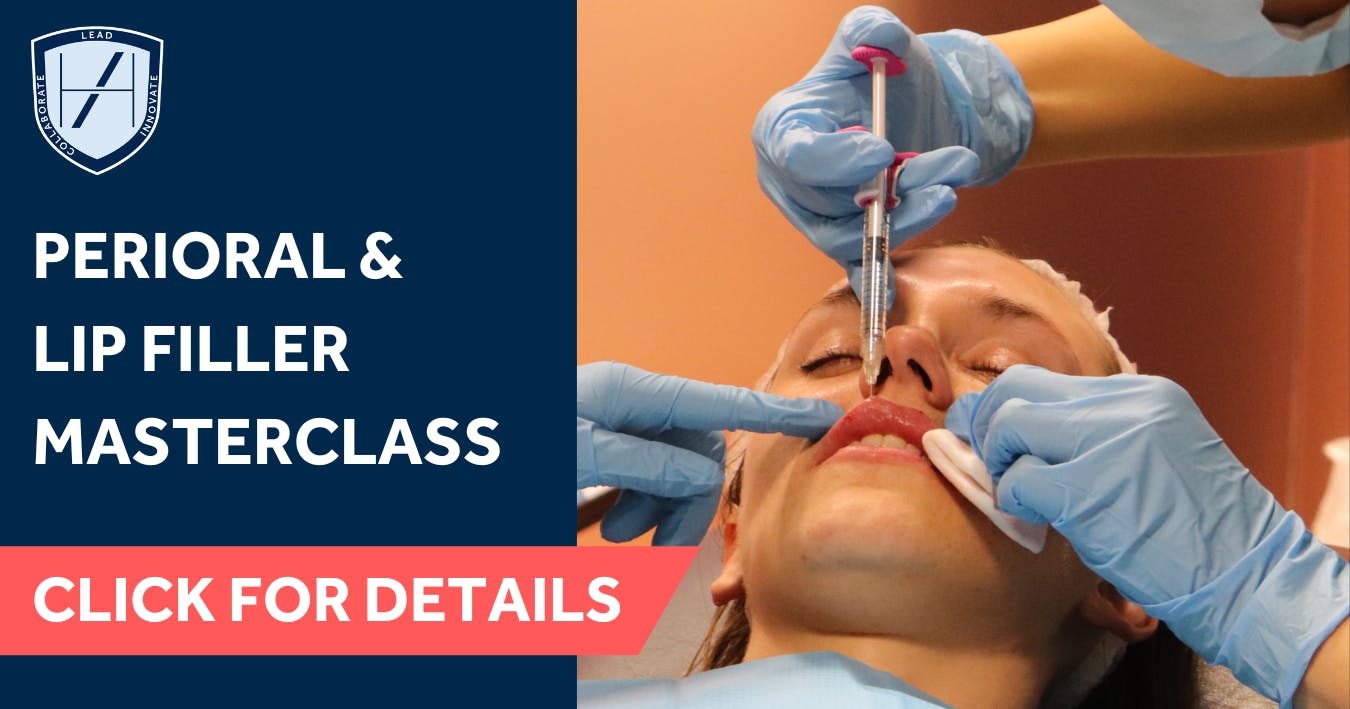3 Ways You Can Ruin Lip Filler Results Before Injecting
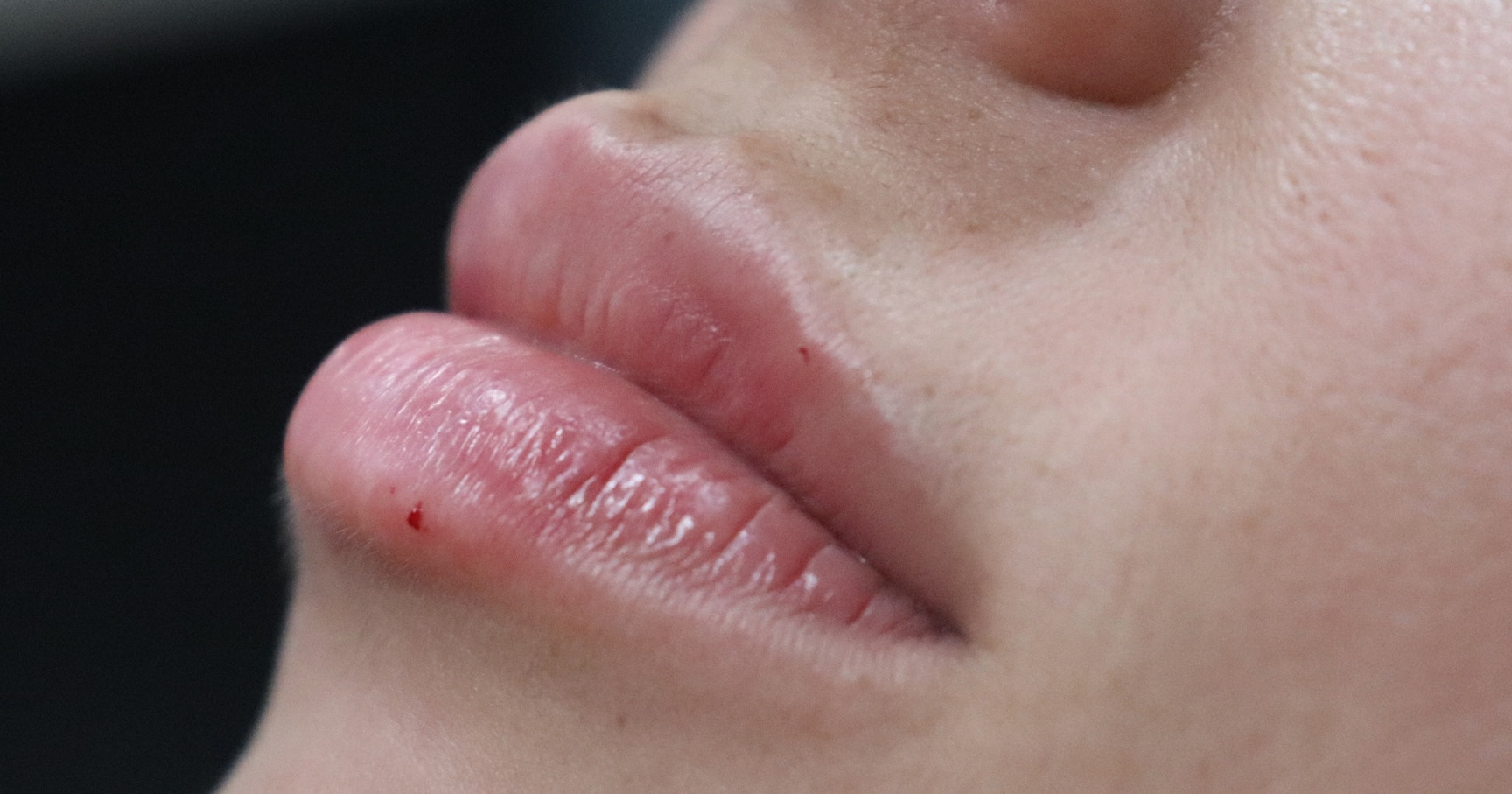
Improve your lip filler technique by understanding some of the telltale signs that you’re clinically underprepared.
As the UK’s leading postgraduate aesthetics training school, we have more graduates than any other provider. This means that, over the years, we’ve seen more than our fair share of ‘red flags’!
Even though we only train healthcare professionals, a medical background isn’t enough to guarantee best practice for botox and fillers. This is especially true of beginners, and it’s why dedicated aesthetics training is so necessary.
Lip filler is one of the most popular treatments we teach; it’s something every trainee wants to try. But it’s deceptively complex. In many cases, poor outcomes can be predicted before you’ve even picked up a syringe.
The problem isn’t your injection technique, it’s everything you skipped to get there.
Here we explore three of the most common ‘lip filler fails’ aesthetic practitioners can make. We’ve also detailed how to avoid them and enhance your lip filler results, through solid theory learning.
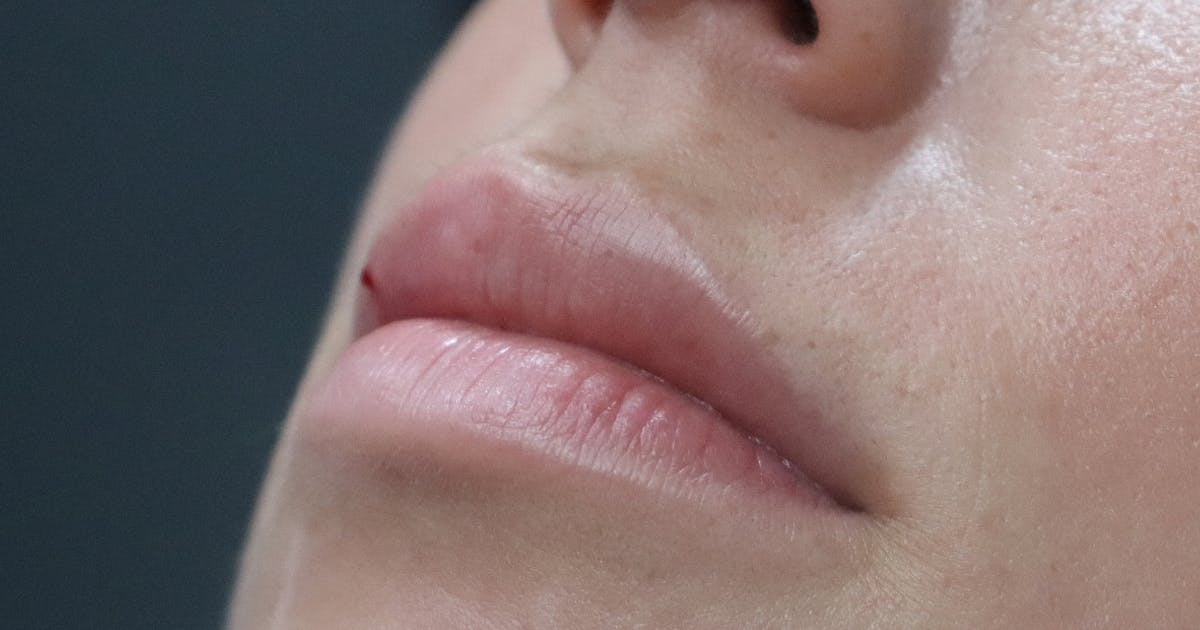
3 pre-injection ‘red flag’ warning signs for poor lip filler results
There are many ways in which being underprepared can compromise lip filler results for your patients. Here, we’re focusing on three of the most commonly seen, that are also easy to rectify…
1. You failed to assess your patient’s unique lip dynamics
If you’re holding the syringe, ready to inject, before you’ve assessed your patient’s lip dynamics, this is a red flag. Rolling out perfunctory treatments without tailoring them to the face in front of you is not going to end well. You need to see how your patient’s lips move to truly understand their dynamics, then plan your treatment accordingly.
This information is vital as skipping this step can lead to distortion and asymmetry during movement. Your patient’s lips may look balanced at rest, but when they smile, talk, or eat, it could be a very different picture.
If you’re injecting without assessing orbicularis oris contraction and withoutunderstanding muscle dynamics, you can cause unnatural projection. It’s all very well creating the perfect lips in a still image but if they don’t move like natural lips on animation this could be a reputation killer.
Even if your injection techniques are spot on, and you’re following the latest, evidence-based guidance, ignoring proper dynamic assessment leaves you at risk of disappointing, unnatural-looking results.
2. You’ve considered the lip filler treatment in isolation
It’s tempting, especially when you’re still building confidence, to focus tightly on the treatment area. Lips, in particular, draw attention.
Patients come in asking for lip filler. You want to meet their request, maybe impress them, with clean definition or volume. But stepping in without zooming out first? That’s often where things start to go wrong. Not always dramatically, but it can certainly leave patients feeling like there’s something just... off.
By solely concentrating on the immediate treatment, you run the risk of poor results and patient dissatisfaction. This could mean over-filling, underfilling or missing crucial opportunities to improve your treatment results, through perioral support, for example.
When you treat the lips in isolation, you lose context. You might enhance volume beautifully, but if other areas lack structure, this can throw the whole balance off. Lips that were meant to look soft and youthful may suddenly feel heavy or disconnected. The result might technically be good, but it just doesn't sit well. Your patient might not know or be able to communicate why, it just feels wrong to them.
A great example of this is treating the lips when the chin is underprojected. By treating the chin with the lips you’ll get a much more balanced result.
Plus, there’s a safety aspect that often gets overlooked. If you’re chasing volume in a structurally unsupported area, or overfilling to meet an unrealistic ideal, you’re opening yourself up to higher risks of complications.
Treating holistically isn't just about artistry or vision. It's about making thoughtful, responsible decisions that hold up long after the patient leaves the clinic.
Remember, the lips function within the dynamics of the full face. Therefore, developing your wider anatomical knowledge ensures proportional, harmonious outcomes, for elegant aesthetic and functional results. And this brings us on to our last point…
3. You don’t understand lip anatomy
Overfilled, poorly balanced, migration-prone lips usually start with under-informed planning. Whether the goal is beautification or rejuvenation, a lack of solid anatomical knowledge that fails to consider the complex structure of the lips, is self-sabotaging.
Not understanding how the tissues will respond, and where to place your lip injections sets you up for a host of preventable issues, including:
- Overfilled lips
- Asymmetric results
- Lip filler migration
- Vascular complications.
Developing a deep understanding of facial anatomy is the key to unlocking outstanding results for most injectable treatments. Without this, you’re not only flying blind when it comes to injecting, you’re also restricting your ability to deliver a thorough consultation.
As we’ve already outlined, you need to fully assess your patient’s facial dynamics and understand how these work, in order to plan a treatment that works for their unique presentation. This isn’t just required for upper face or midface treatments. It’s a fundamental part of every treatment, including the lips.
Producing outstanding, proportionate lip filler results can be tricky enough already. Don’t let your lack of theory knowledge let you down before you even get started!
Set yourself up for lip filler success!
We’ve highlighted the warning signs, now let’s explore how to ensure they don’t apply to you…
1. Learn how to assess lip dynamics before treatment
Let’s be honest. Lips are never still. So, assessing your patient’s lip shape only when they’re relaxed doesn’t give you the full picture. It’s a starting point, of course, but it won’t tell you how the filler will behave once they start talking, smiling, or even biting their lip - something most people do without thinking.
Proper lip assessment techniques can be super simple. Start with a conversation, not just for rapport. Ask open questions and watch how the lips move as they speak. Do they pull to one side when they smile? Is there asymmetry in movement that’s not visible at rest? Do the corners lift evenly, or does one side dominate?
It’s these small shifts that matter and honing your observation skills to pick up on them is worth every aesthetic practitioner’s time. No face is perfectly symmetrical, so it’s not about over-analysing every tiny deviation. You just need to understand how the lips behave to help you avoid creating results that look good in a photo but feel odd in real life.
For example, a patient might ask for more volume in the top lip, but on movement you see they already roll their upper lip under when smiling. Adding volume without considering that, and you’ll just make it worse.
Get your patient to talk, smile, and pout naturally. You can photograph, or - even better - video them doing these actions, too. These visual references can help you design a treatment plan that holds up in motion, not just at rest. They also give you evidence to look back on when reviewing their results.
Remember that natural-looking lip filler treatment means not injecting the lips in isolation, but treating the moving face.
2. Develop your holistic facial assessment skills
As regular readers and Harley Academy trainees on any of our botox and filler courses will know, we always say, ‘assess the full face’. But it’s easy to zoom in on the treatment area, especially under time pressure. Still, stepping back is essential for outcomes you can be proud of.
The first step is to look at balance. Not just left to right, but top to bottom and front to side. Where does volume naturally sit? Where does the eye land when you first see them?
For example, you might see a patient wanting fuller lips, but if their midface is volume-depleted, that extra lip projection could feel disjointed. It might even draw attention to the imbalance. This is something you’ll need to discuss with your patient, to avoid any preventable disappointment.
That’s why assessing each of the facial thirds in turn can be so helpful. It’s not always about correcting everything, but rather knowing what’s contributing to the full aesthetic picture.
Remember to take your patient’s gender into account.
- Traditionally masculine faces often have stronger chins and jawlines, less lip eversion, and flatter cheeks
- Typically feminine faces usually feature more curved contours and central volume
- Male lip filler patients are more likely to want structure, not softness
- Female lip filler patients are often looking for volume, hydration and rejuvenation of the perioral area, with more definition in the Cupid’s bow.
Ethnicity is a key differentiating factor that should also contribute to your treatment planning.
Consider how cultural aesthetics influence expectations and desires. For example, some patients of African or Middle Eastern heritage may already have more natural lip volume. The goal here might be refinement rather than augmentation. For East Asian patients, you may need to be mindful of flatter midface contours and how they could influence lip projection.
Ask patients what they like about their features. What they want to retain. It gives you clues about their identity and the results they’ll truly value.
Keep in mind that, just like no two faces are identical, no two faces express emotion the same way either.
3. Get to grips with lip anatomy, including compartments
A detailed understanding of the lip anatomy allows you to deliver more accurate filler placement with a reduced risk of complications. It also supports better prediction of how the tissues will respond to volume
As a minimum, you need to understand the distinct functions and forms of the:
- Cupid’s bow
- Oral commisures
- Philtrum columns
- Tubercles
- Vermillion border
- Wet/dry border
- White roll.
But that’s not all; You should also study the lip compartments.
As these are considered something of a ‘new discovery’ in lip anatomy, they often get glossed over in lip filler courses.
There are a total of 24 lip compartments, each divided by a septation, or ‘wall’. That’s 6 anterior and 6 posterior compartments in each lip, separated by the orbicularis oris muscle.
If you inject without respecting these compartments, it’s easier to overfill or place product where it can’t integrate properly. That’s when you start seeing migration, distortion, and heaviness.
If you’re an experienced aesthetic practitioner who did their filler training before lip compartments were more widely understood, it’s worth brushing up on your anatomy.
The latest, evidence-based lip filler injection techniques set out in the GEM© by Harley Academy app, take lip compartments into consideration. This app is available on a subscription basis, but our Level 7 trainees receive a 12 month subscription free of charge.
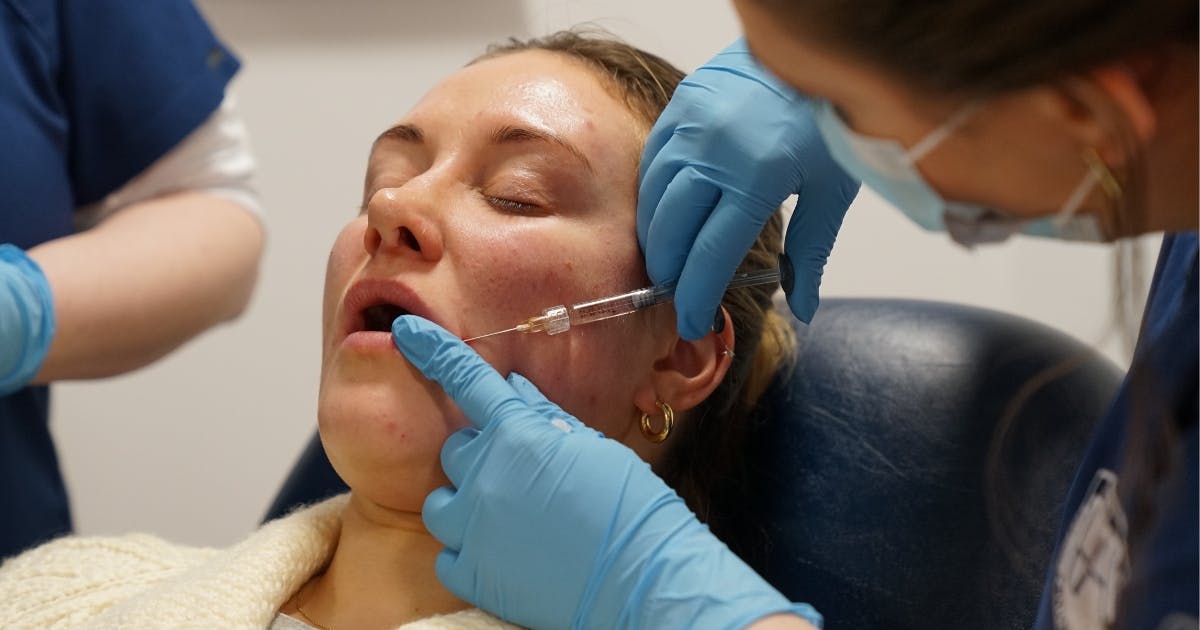
Becoming a lip filler specialist
Lip filler is such a hugely popular, commercial treatment, you can really make a name for yourself by producing beautiful, natural-looking outcomes.
Great lip filler results can provide real aesthetic impact for patients with a range of different concerns. To achieve these, you need to be fully prepared from a theoretical point of view, and have honed your clinical approaches.
If you’re looking to become a lip filler specialist, your pathway should include:
- Undertaking extensive theory training, with a focus on the anatomy of the lips, their role in broader facial assessment and treatment planning
- Understanding product rheology and the optimal options for different types of lip work
- Having sound theoretical knowledge and practical experience of the different approaches to treating the lips, from adding volume to creating definition
- Learning how and when to use a needle versus a cannula, and becoming confident with both
- Observing case studies, where experts who use an ethical, evidence-based approach narrate their treatments
- Regularly refresh your skills with supplementary filler courses to ensure your skills remain up-to-date.
Our targeted Perioral & Lip Filler Masterclass will help you to refresh your existing knowledge, update it with detailed lip structure information, and refine your techniques based on the latest data.
Getting good at lips takes time. But investing in perfecting this treatment can pay off as, when done well, even subtle lip enhancements can be among the most powerful.
All information correct at time of publication
Download our full prospectus
Browse all our injectables, dermal fillers and cosmetic dermatology courses in one document
By submitting this form, you agree to receive marketing about our products, events, promotions and exclusive content. Consent is not a condition of purchase, and no purchase is necessary. Message frequency varies. View our Privacy Policy and Terms & Conditions
Attend our FREE open evening
If you're not sure which course is right for you, let us help
Join us online or in-person at our free open evening to learn more
Our Partners
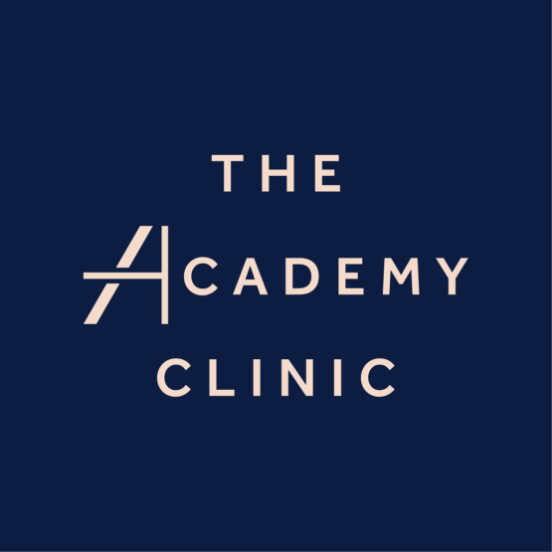

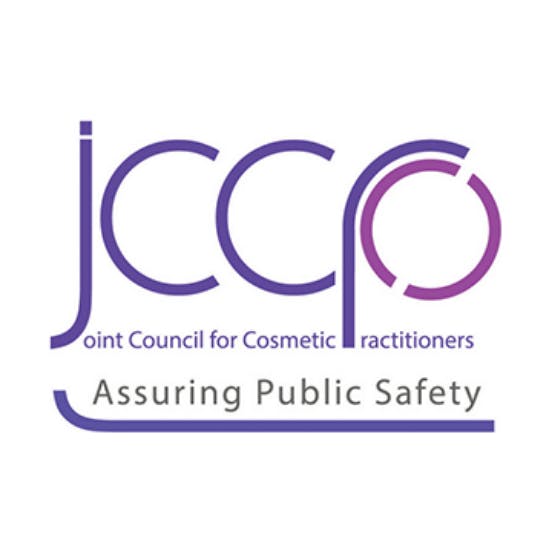


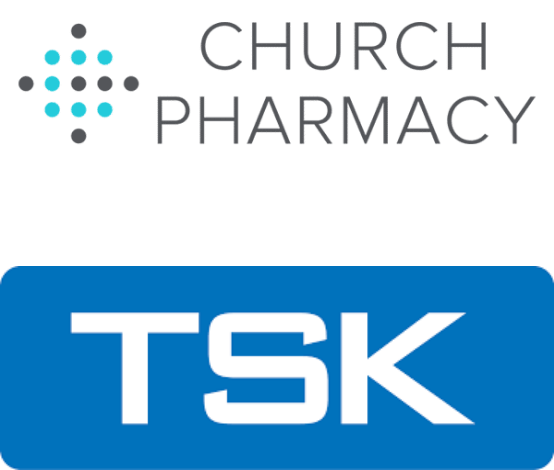

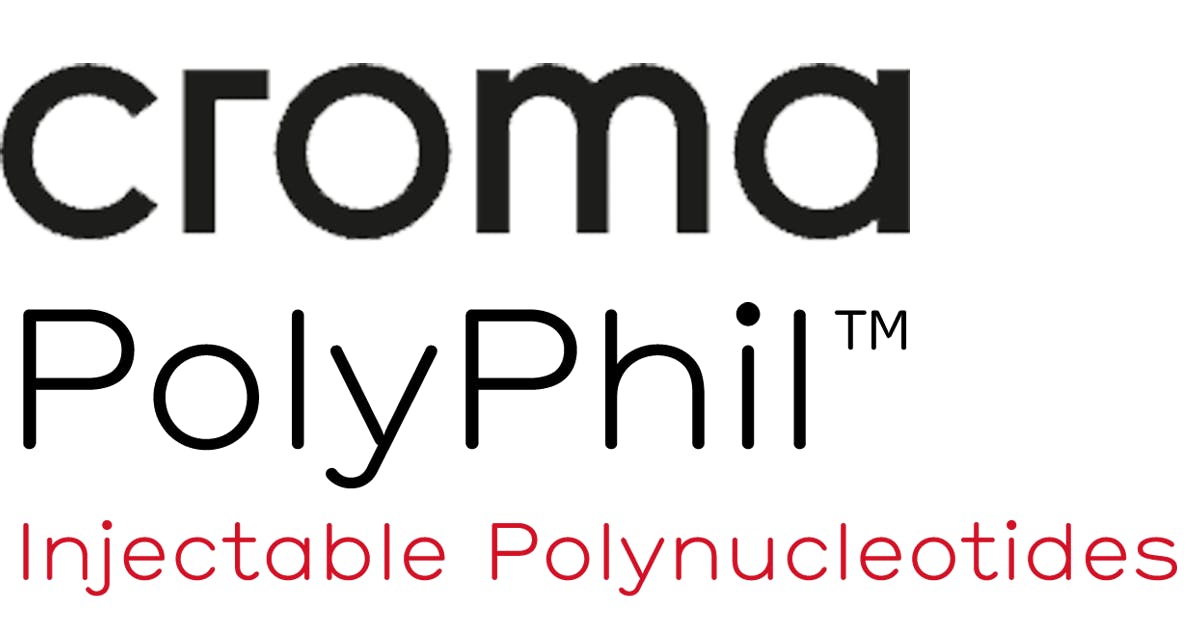
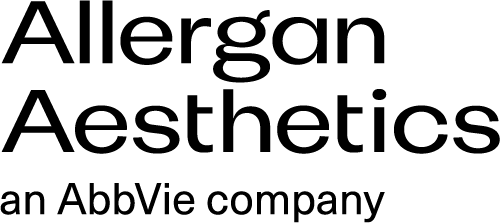


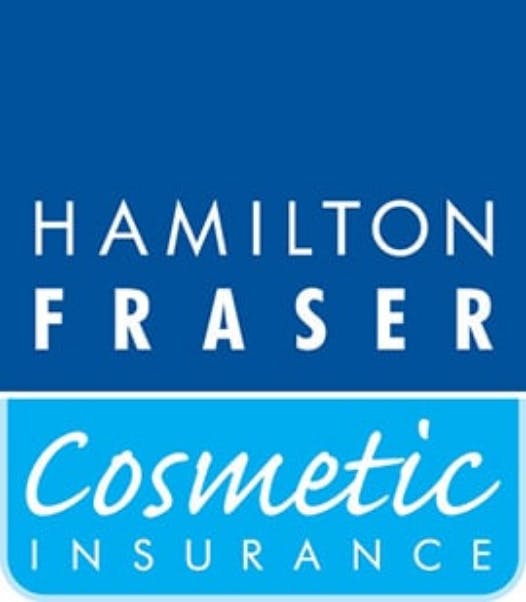
STAY INFORMED
Sign up to receive industry news, careers advice, special offers and information on Harley Academy courses and services


